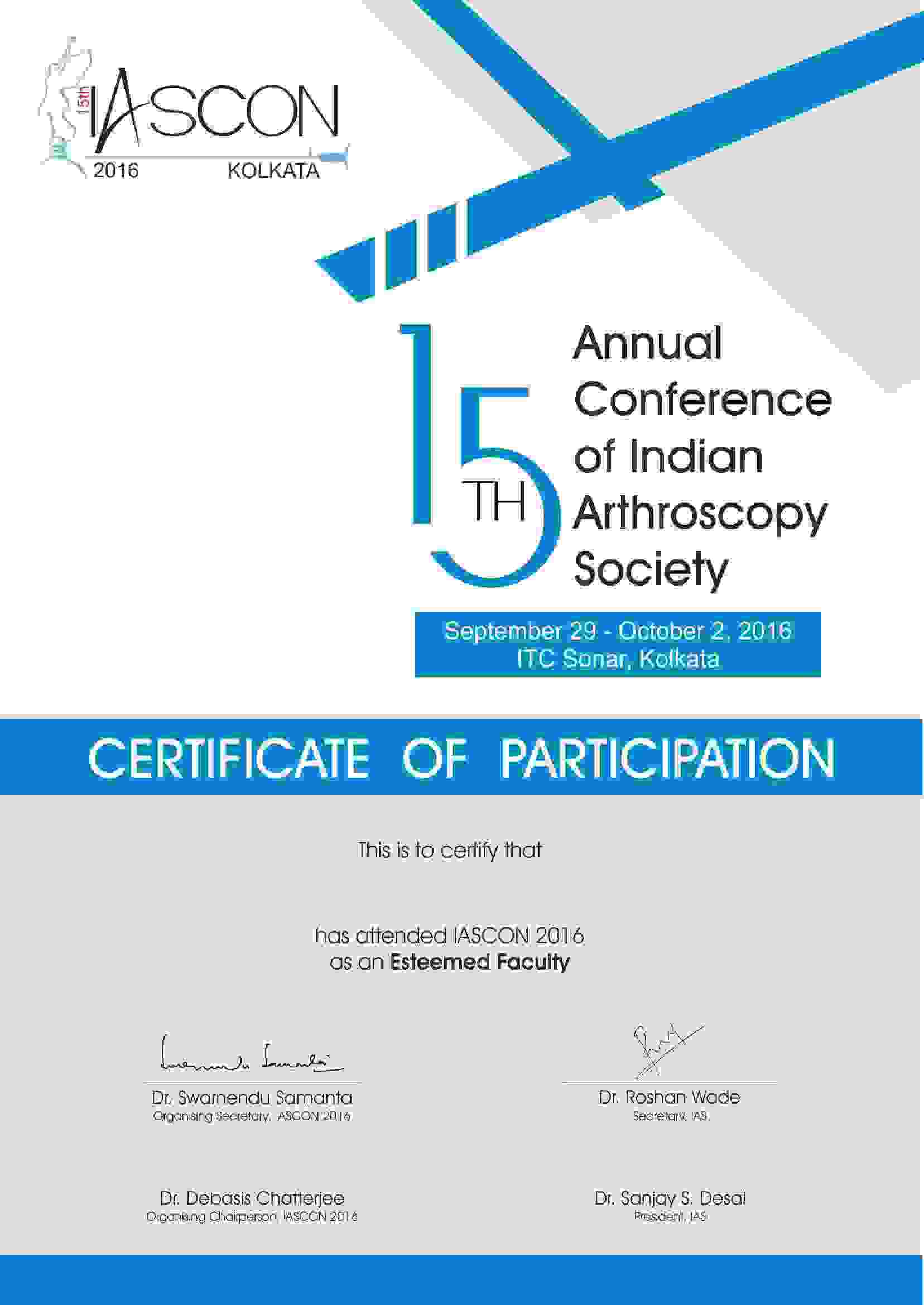What is Femoroacetabular Impingement?
Femoroacetabular impingement (FAI) is a condition in which the bones of the hip are abnormally shaped. As they do not fit together properly, the hip bones tend to rub against each other and cause extreme damage to the joint.
Our hip is a ball-and-socket joint. The socket consists of the acetabulum, part of the large pelvis bone. The ball is the femoral head, the upper end of the femur or the thighbone. A slippery tissue known as the articular cartilage covers the surface of the ball and the socket, creating a low friction surface that enables the bones to smoothly glide across each other. The acetabulum is surrounded by a firm fibrocartilage called the labrum. The labrum constitutes a gasket around the socket, which helps to create a tight seal and helps to provide strength and stability to the joint.
In Femoroacetabular impingement, bone spurs tend to develop around the femoral head and along the acetabulum. The bone overgrowth causes the hip bones to constantly rub against each other, rather than to move smoothly. In course of time, this could result in the tearing of the labrum and damage to articular cartilage.
Different types of FAI
There are three different types of FAI: Pincer, Cam, and Combined impingement.
Pincer impingement: This type of impingement happens when an extra bone extends out over the normal rim of the acetabulum. This could lead to the crushing of the labrum under the prominent rim of the acetabulum.
Cam impingement: In cam impingement, the femoral head is not round in shape and hence is unable to rotate smoothly inside the acetabulum. The formation of a bump on the edge of the femoral head grinds the cartilage within the acetabulum.
Combined impingement: Combined impingement indicates the presence of both the pincer and cam types.
Causes:
- Abnormal formation of hip bones during the childhood or growing years.
- Deformity of a cam bone spur, pincer bone spur, or both, that results in damage to the joint and severe pain.
- Vigorous use of hip joint.
Symptoms
- Pain in the groin area
- Sharp stabbing pain while turning, twisting, and squatting
Diagnosis
- Impingement Test
As part of the physical examination, the doctor would possibly conduct the impingement test. In this test, your knee is brought towards your chest and then rotated inward towards your opposite shoulder. If this causes severe hip pain, the test result has turned out positive for impingement.
Imaging Tests:
X-rays. X-rays will provide good images of your hip bones, and will help the doctor identify whether your hip has abnormally shaped bones that could cause FAI. X-rays can also indicate signs of arthritis.
Computed Tomography (CT) Scans. CT scans give a clearer and more comprehensive picture of the condition and would help your doctor precisely determine the abnormal shape of your hip.
Magnetic resonance imaging (MRI) scans. An MRI scan will help your doctor identify the damage to the labrum and articular cartilage. Injecting dye into the joint, during the MRI scan, will enable the doctor to view the damage more clearly. The doctor may also inject a numbing medicine into the joint as part of the diagnostic test. In case the numbing medicine provides temporary pain relief to the patient, it is a confirmation that FAI is the problem.
Treatment options:
Nonsurgical Treatment
- Changing your daily routine and avoiding activities that aggravate the symptoms.
- Non-steroidal anti-inflammatory medications such as ibuprofen are provided to reduce pain and inflammation.
- Physical therapy can help to improve the range-of-motion in your hip and strengthen the muscles that support the joint.
Surgical Treatment
If your pain is not relieved by non-surgical treatment, the doctor may recommend surgery. Most of the FAI problems can be treated with arthroscopic surgery. During arthroscopy, the doctor may repair any damage that has occurred to the labrum and articular cartilage. FAI could be corrected by trimming the bony rim of the acetabulum and then shaving down the bump on the femoral head. Certain severe cases may require an open operation.











